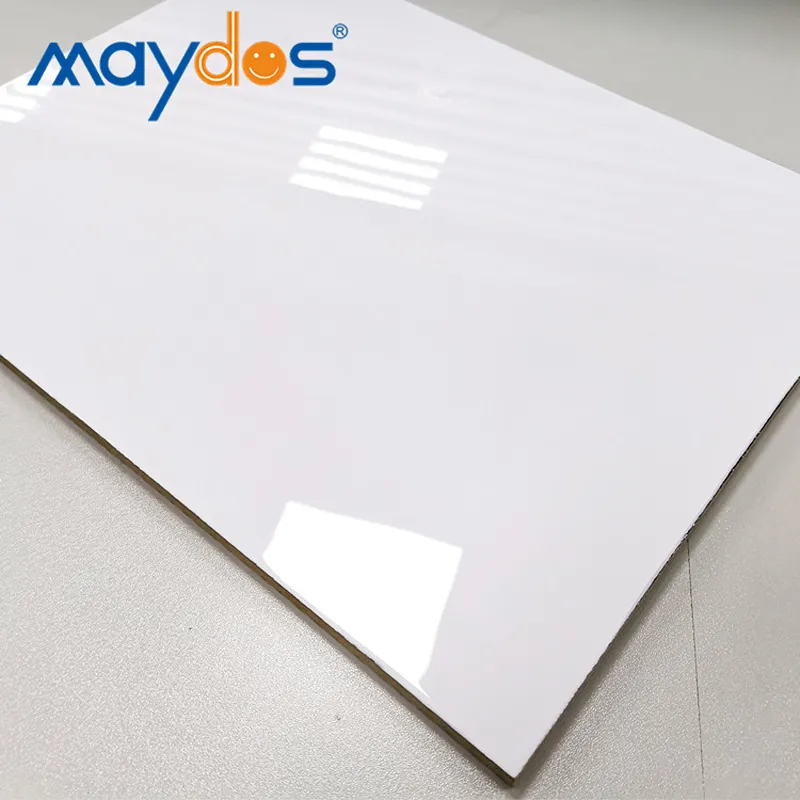Introduction
The art of wood finishing has been an integral part of craftsmanship for centuries, and wood paint plays a crucial role in enhancing the beauty and durability of wooden surfaces. A wood paint factory is the hub where these essential products are crafted, ensuring that each batch meets the highest standards of quality. This article takes you on a journey through the manufacturing process of wood paint, highlighting the stages, technologies, and quality control measures that go into producing top-tier wood coatings.
The Manufacturing Process
The production of wood paint involves a series of meticulous steps, each designed to create a product that will protect and beautify wood surfaces. Here’s an overview of the typical manufacturing process:
- Raw Material Sourcing: The journey begins with the selection of raw materials, which include pigments for color, resins for binding, solvents for thinning, and additives for specific properties like durability or uv resistance.
- Mixing: The raw materials are carefully measured and mixed in large vats. The mixing process ensures that the pigments are evenly distributed and that the paint has a consistent texture and color.
- Milling: After mixing, the paint is milled to achieve a fine particle size. This step is crucial for creating a smooth, even finish on wood surfaces.
- Filtering: The milled paint is then filtered to remove any impurities or particulates that could affect the quality of the final product.
- Checking Specific Gravity and Viscosity: These properties are checked to ensure that the paint will perform as expected on wood surfaces. Adjustments are made if necessary.
- Adding Additives: Depending on the desired properties of the paint, various additives are added at this stage. These can include drying agents, defoamers, and flow agents.
- Batch Testing: Before proceeding to packaging, a sample from each batch is tested for quality. This includes checking for color consistency, viscosity, and other properties.
- Packaging: Once the paint passes quality control, it is packaged into containers of various sizes, ready for distribution to retailers and consumers.
Quality Control and Assurance
Quality control is a paramount concern in a wood paint factory. Here’s how it is ensured:
- Strict Raw Material Standards: Only the highest quality raw materials are used, sourced from reputable suppliers.
- State-of-the-Art Equipment: The latest technology in mixing, milling, and filtering equipment is used to maintain consistency and quality.
- Skilled Workforce: experienced chemists and technicians oversee the manufacturing process, making adjustments as needed and ensuring that each batch meets the required specifications.
- Continuous Monitoring: During production, the paint is continuously monitored for any deviations in quality, allowing for immediate corrections.
- Compliance with Regulations: The factory adheres to all relevant industry standards and regulations to ensure the safety and environmental impact of its products.
The Role of Research and Development
A wood paint factory is not just about production; it’s also about innovation. The role of the research and development (R&D) team is critical:
- Developing New Products: The R&D team is responsible for creating new formulas that meet the evolving needs of consumers and the market.
- Improving Existing Products: Continuous improvement is a key focus, with the team working on enhancing the performance, application, and environmental impact of existing products.
- Trends and Sustainability: The R&D team keeps abreast of trends in the industry, including the move towards more sustainable and eco-friendly paint formulas.
The Impact of Wood Paint on the Industry
The production of high-quality wood paint has a significant impact on the woodworking and construction industries:
- Enhanced Durability: Wood paint provides a protective barrier that can significantly extend the life of wood products.
- Aesthetic Options: With a wide range of colors and finishes available, wood paint allows for greater creativity and customization in design.
- Environmental Benefits: Advances in wood paint technology are leading to more environmentally friendly products, reducing the industry’s carbon footprint.
The Future of Wood Paint Manufacturing
The future of wood paint manufacturing looks promising, with several trends poised to shape the industry:
- Sustainability: There is a growing emphasis on sustainability, with manufacturers seeking to reduce waste, lower emissions, and use more renewable resources.
- Technological Advancements: Advances in technology will continue to improve the quality of wood paint and the efficiency of the manufacturing process.
- Global Market Expansion: As the global market for wood products grows, so too will the demand for high-quality wood paint.
Conclusion
A wood paint factory is a place where science, technology, and craftsmanship converge to create a product that enhances and protects wood. The manufacturing process is a testament to the commitment to quality and innovation in the industry. As the demand for wood paint continues to grow, manufacturers will play a vital role in meeting the needs of the market while pushing the boundaries of what is possible in wood finishing.





















